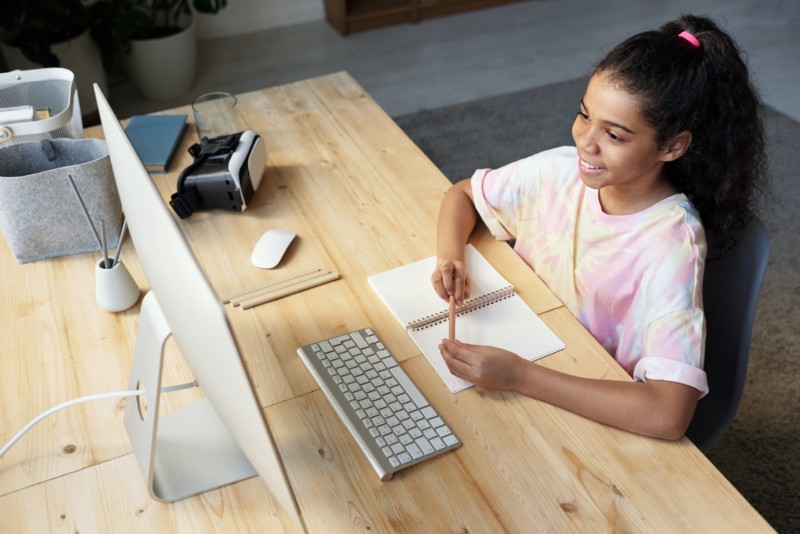As we come out of the long weekend, the majority of schools have started to roll out online or distance learning for their students, or have at least reached out to their students to start putting a plan together. The next 3 months are going to be very different for all of us, so we thought it might be helpful to send some tips for how best to navigate our new learning environments.
1) A full day of school is NOT a full day of studying
For parents and students, there may be the temptation to encourage students to “hit the books” for a solid 6-8 hours each day to ensure that they are matching the learning volume that they would have been getting in school. It is important to remember that a full day at school for a student does not equate to a full day of studying / active learning. A regular school day for a high school student is about 6.5 hours long, and includes about 1.5 hours for lunch and other breaks. So say there are 5 hours of learning time each day, then 4-5 hours of school learning time per day should be more than enough, assuming that it is structured and productive time for the student. Any more may lead to students burning out (see Scholars Canada article on the effects of over-studying), and given that this is already a stressful time for students, it is important to manage that to ensure that students are able to continue effectively learning for the remainder of the school year.
2) Social learning should form part of the school day
One fundamental part of education that is going to be somewhat lost in the next 3 months is social learning. Being able to work through problems with friends and peers, complete group assignments, and engage in other activities where you are working with others will be much more challenging in this new environment. These aspects of learning are still very important (see this Edutopia article on the importance of social and emotional learning), and students and parents should try to find creative ways to integrate that into the school day. Of the 4-5 hours of school learning time in a day, try dedicating 30 minutes to 1 hour a day to social learning: work through Math problem sets with a friend over Zoom, or discuss an English writing assignment with a friend over the phone.
3) Social time is important as well
This whole period is going to be very strange for everyone, and one thing that will be difficult for students is the inability to see their friends and peers on a daily basis. Socialisation is a crucial part of schooling that has also been taken away from students, and still needs to form part of a regular school day. We would recommend allowing students to take time during the day to socialise however they can given social distancing. For example, students might spend more time on social media, or play games online.
4) Have a daily schedule and a dedicated productive space
The school schedule naturally blocks out learning time versus break time, and classrooms provide students with a productive space to learn. To the extent that those elements can be duplicated at home, students will be put in a better position to succeed.
First, students should create a daily schedule for themselves (see this Huffington Post article on example school schedules for students at home during COVID-19. These examples are geared towards younger students, but a lot of what the article is saying applies to high school aged students as well). There should be clear time for active learning and studying, clear time for social learning, and clear time for breaks and socialisation, and the student should work hard to keep that schedule. The more they can keep to a schedule, the more they will be able to continue to be productive learners during this time. There should also be a dedicated space where the learning takes place, whether its a bedroom, a kitchen table, or wherever makes sense given a particular student’s living arrangements.


